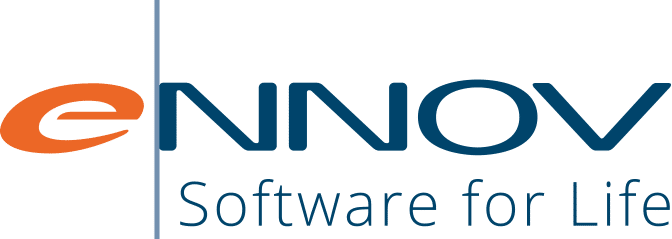Asphalion, a Scientific and Regulatory Affairs consultancy, hosts a weekly “RegTalk RIMS series”, one-to-one talks carried out by RIMS experts, aimed at informing about the latest news in the RIMS and Regulatory Affairs landscape. This RegTalks interview by Lidia Canovas, General Manager at Asphalion and Steve Clark, Senior Business Consultant at Ennov, will provide you with an overview about their expertise in RIMS.
Steve has over 25 years of experience serving in various senior Regulatory Affairs and Regulatory Operations roles for companies including Gilead, Amgen, Merck, Baxter and Parexel. He is responsible for the implementation of Ennov Regulatory systems and assisting the development of the Ennov Regulatory product suite.
View the entire video on the Asphalion website or on YouTube.
How does having a RIM system impact assessment in a pharmaceutical company?
Steve Clark: The obvious answer is to help understand the mechanics of the regulatory process. What needs to be done and what products are affected. The option to assess internal regulatory intelligence with regards to previous precedence can be useful in either selecting the most profitable strategy but in challenging previous regulatory decisions.
Retiring products due to inactivity of sales (sunset) is also an obvious answer. Using a RIM system to assess wider company cost and to contribute in activities such as product transfers or merger and acquisition activities has often unappreciated value.
Wider organisational assessments are perhaps the more singularly impactful benefit. Regarding Regulatory as a controllable cost rather than a compliance overhead and using the data collected within RIM with other sources to understand the actual cost of a change.
RIMs data has been used by some companies as part of their evaluation to determine which manufacturing changes are actually economic or practical. One company after this type of analysis said that almost 60% of manufacturing improvements had no, minimal or negative financial impact after considering end-to end costs including regulatory affairs and approval timelines. This assessment was only possible due to historical RIM data and allowed improved selection thresholds to be developed.
Finally, a RIM system able to integrate directly with the company Quality system is extremely advantageous, as Quality is often the source of the impact assessment. Direct communication back and forth provides obvious efficiencies.
Do you think RIMS are specific to Human Medicines? How can a RIMS improve companies with other core businesses (Animal Health, consumer, API suppliers, etc.)?
Steve Clark: RIMS are definitely not specific to Human Medicines. They have a crucial role for veterinary, consumer health, medical device products as well as API manufacture. In fact, UPD is due for implementation before IDMP (two very similar structured content initiatives in EU). With similar initiatives for medical devices in EU as well as some more progressive initiatives in the US and ROW, all sectors benefit from a RIMs tool and strategy.
Is the RIMS exclusive to RA? Who are the key users?
Steve Clark: Although RIMS need not be exclusive to RA in practise it is often treated this way chiefly due to departmental budgets and functional restraints. Key users tend to be Regulatory strategists, Global and Local Regulatory professionals, Regulatory Project Managers etc. But the regulatory information can be exchanged with other systems so that even though RIMs itself is not available the data is. At Ennov we can easily expose data to other systems via our DataMart and so it is very important for any future purchase of a RIMS to ensure exchange is possible and easy.
It is also important that when data is exchanged that it is being used in the right way and the context is understood e.g. the approval for a bundle of variations applies to all or just a subset. Typically, consumers of RIM data are as diverse as Clinical Management, Artwork and Labelling, Pharmacovigilance, Quality Management, Portfolio Management, Advertising, Intellectual Property, Sales and Marketing to name just a few. The list goes on….


